Are you approaching the time of year that includes teaching 6th-grade geometry? Don’t run and hide. Teaching geometry is fun! When you take it step-by-step and have engaging activities, students will love it. And so will you.
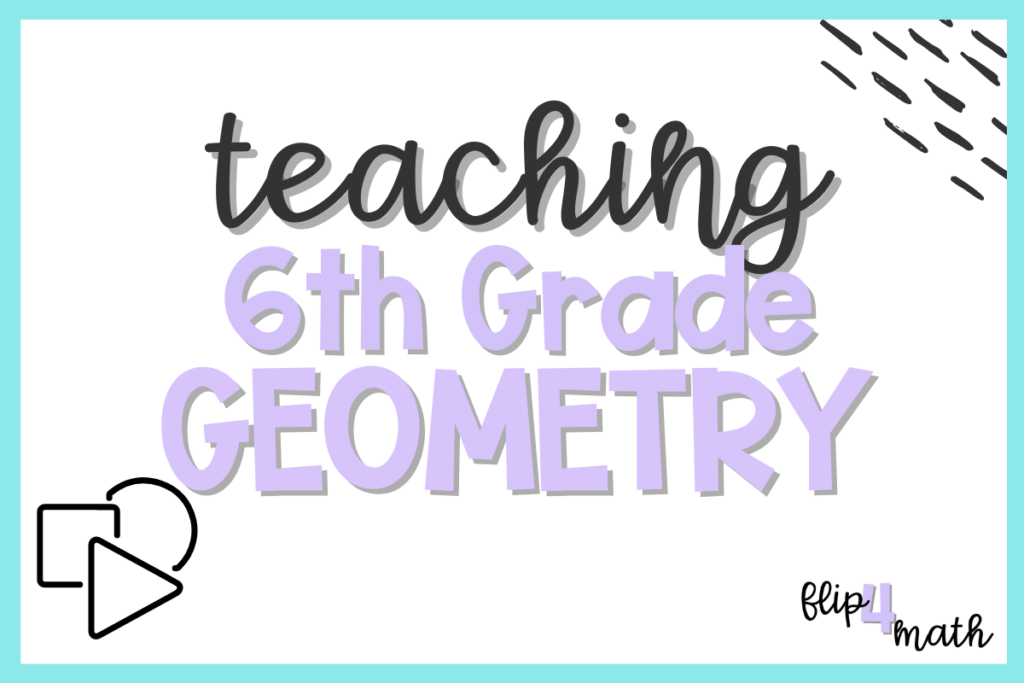
What geometry looks like in 6th grade
If you have not taught geometry, you may envision your high school or college course. You remember memorizing proofs and theorems. Fun!
Sixth grade is not quite there yet. However, it is still fun for students to explore geometry concepts.
Students should be entering 6th-grade math with a basic understanding of area. Think – drawing a square on a sheet of grid paper and counting the blocks. Your job is to take what they already know and build on it. In geometry, students learn to find area, surface area, and volume for various shapes and figures.
In this blog post, I will share some tips and activities for teaching students how to find area.
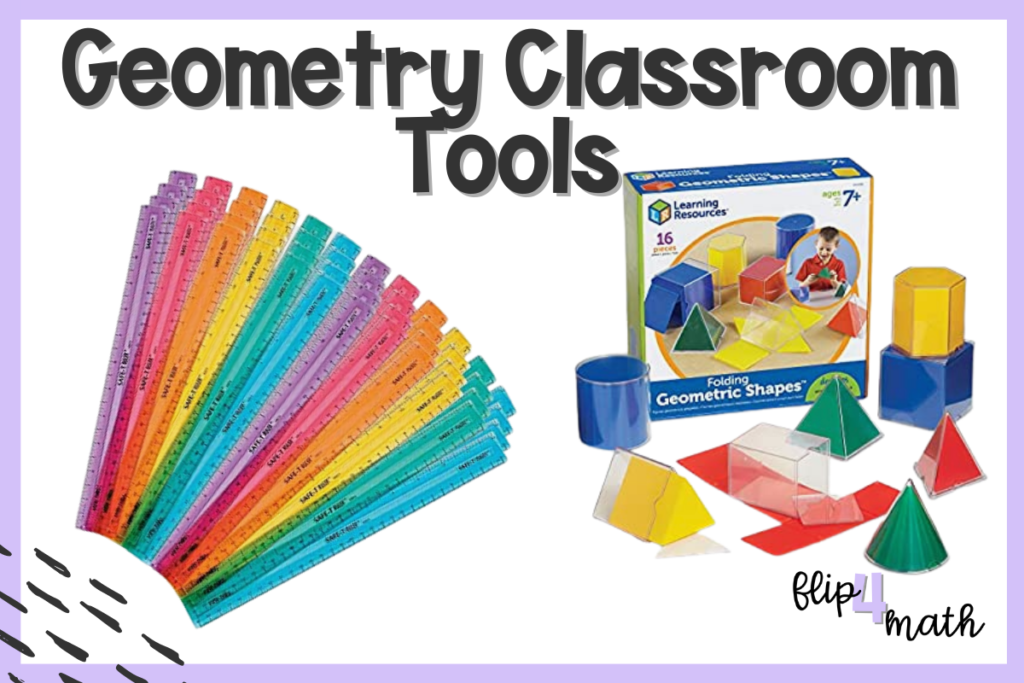
Geometry Shapes
If you’re starting with 2D shapes, there are several to choose from when teaching geometry in sixth grade. I like to start with a rectangle.
Rectangles have one of the most recognizable formulas for finding area (A = LW). They also easily lead into other shapes.
One of my favorite discovery activities is teaching students how to identify the area of a triangle.
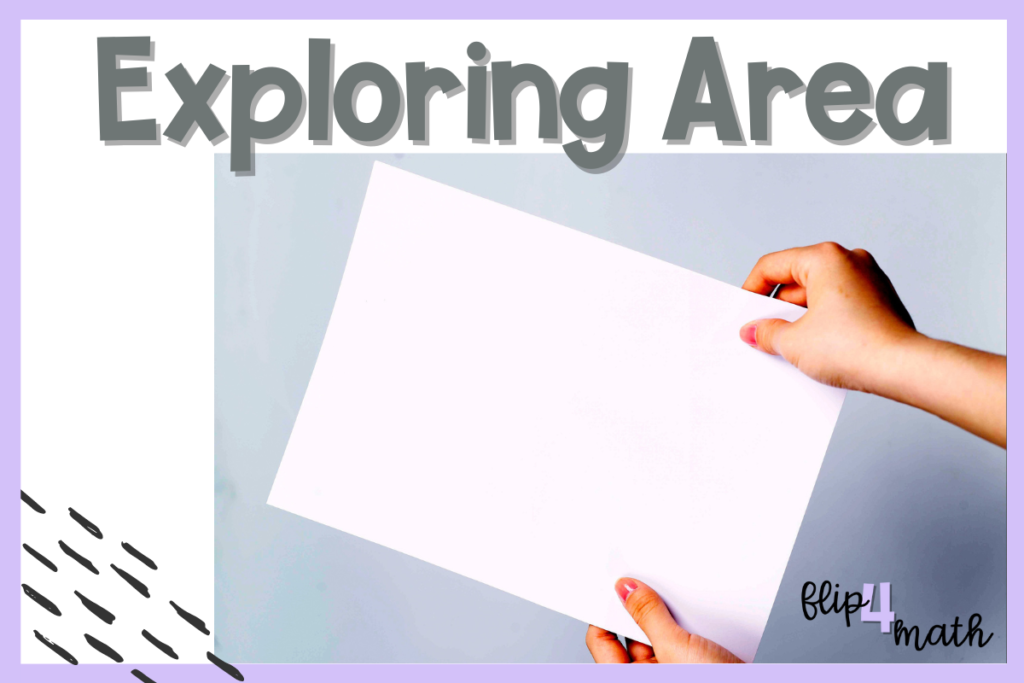
Activity for finding the area of a triangle:
- Start with three shapes. A rectangle and two triangles that fit perfectly into the rectangle. *Fold a piece of paper along its diagonal and cut it in half along the diagonal.
- Have students measure all sides of the triangles and the rectangle.
- Students should identify the area of the rectangle (paper).
- Have students compare the size of each triangle to the rectangle. They should see that it is half of the area of the rectangle.
- Students can then discuss the similarities between the shapes.
- As a class, using what they have learned, create a formula to identify the area of a triangle. (A = ½LW or 1/2bh or (bh)÷2 )
Then we use the rectangle and triangle formulas to build upon the parallelogram area (A = bh).
Once students have been able to explore and engage with a rectangle and triangle, they will feel comfortable with the other shapes.
Here is a list of shapes that students should be able to identify the area for:
- rectangle
- triangle
- rhombus
- parallelogram
- kite
- trapezoid
Sixth Grade Geometry Without Tears
I’m not saying that geometry in the middle school classroom is easy. Students are working with formulas and remembering what to apply to each shape. That can be tough for them.
So, make it fun!
The 6th grade geometry unit is the time to get the scissors, rulers, glue sticks, and measuring tape out. Use real-life objects. Make connections to the games they enjoy playing (Minecraft and Animal Crossing).
I like to set students up for success. We use foldables to take notes while learning area and perimeter. Then, I make sure that there is an anchor chart or reference sheet close to their seats. I love to see them glance up and use the resources around the room.
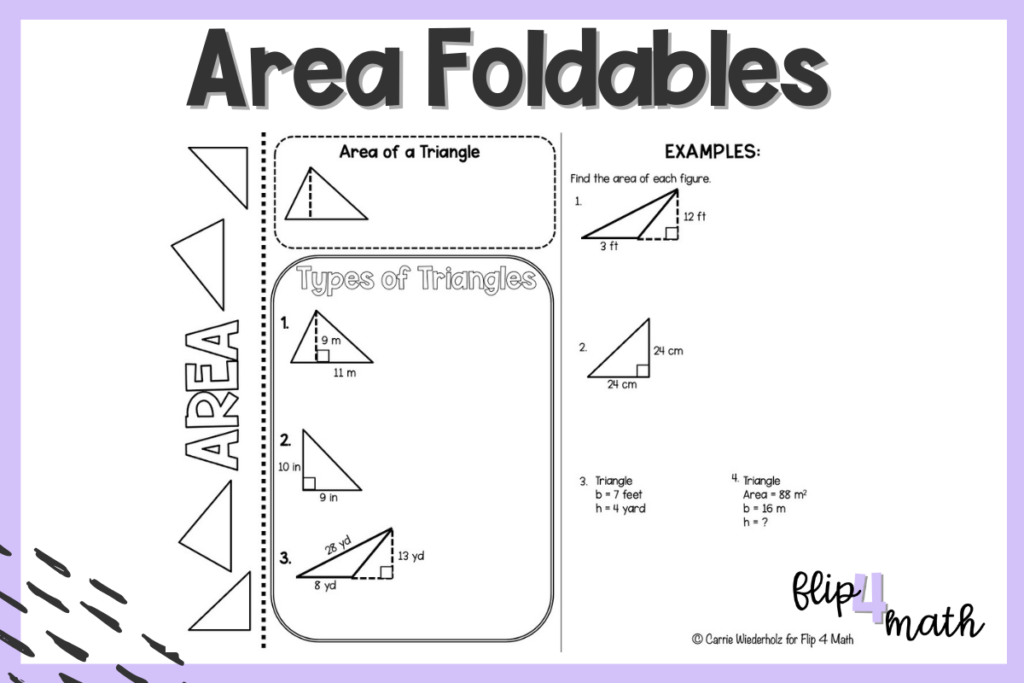
Geometry Activities
You know what they say about getting someone to remember. Tell me, and I forget, teach me, and I may remember, involve me and I learn. I like to get my students engaged in 6th-grade geometry.
I see it as building muscle memory. Students are using tools to measure. And are engaging with actual items (desktops, cereal boxes, paper, blueprints, and maps) to find area and perimeter. Students feel comfortable with the formulas.
After our hands-on practice, students enjoy digital activities. My favorite thing about these activities is that they are self-checking. Perfect for a review, independent practice, group work, and homework.
Mystery puzzles are always a hit with students. They work individually or in small groups to find the area. Students answer all questions correctly, and the mystery picture is revealed.
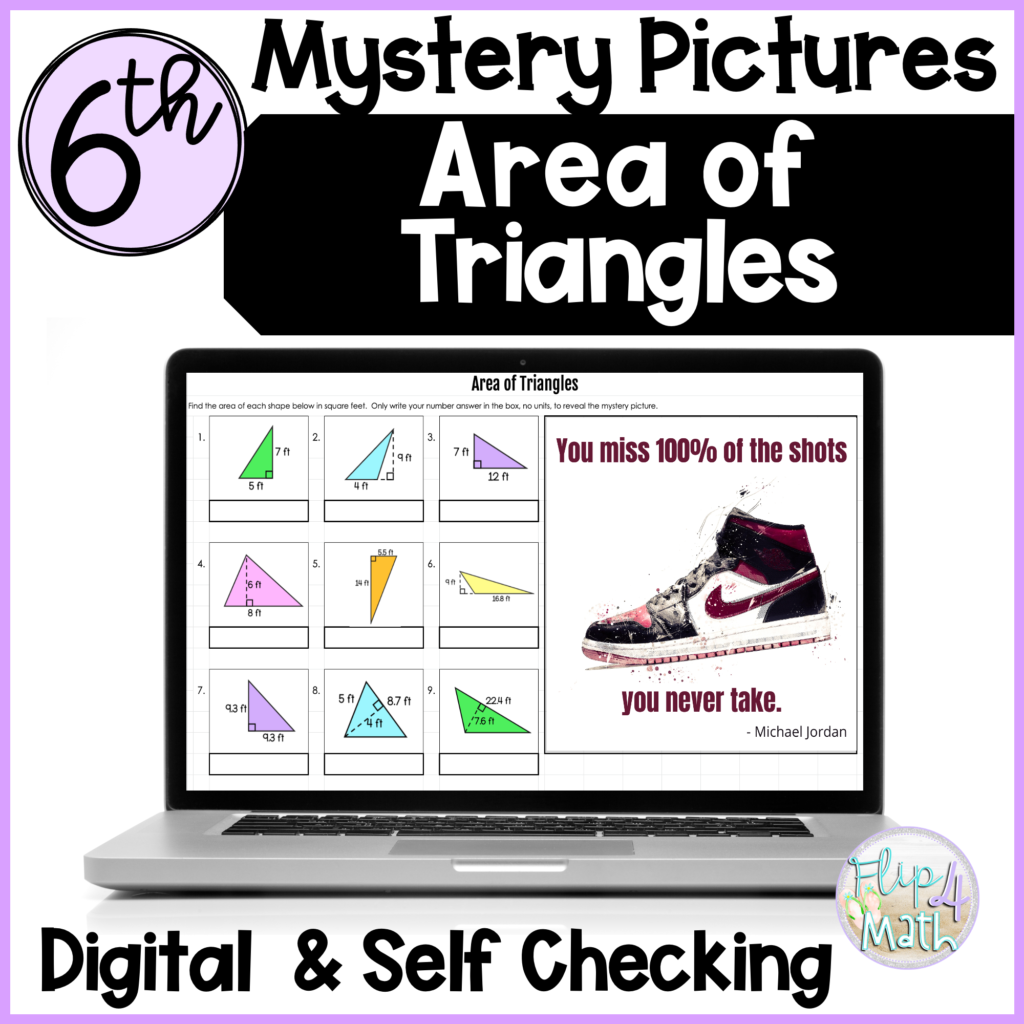
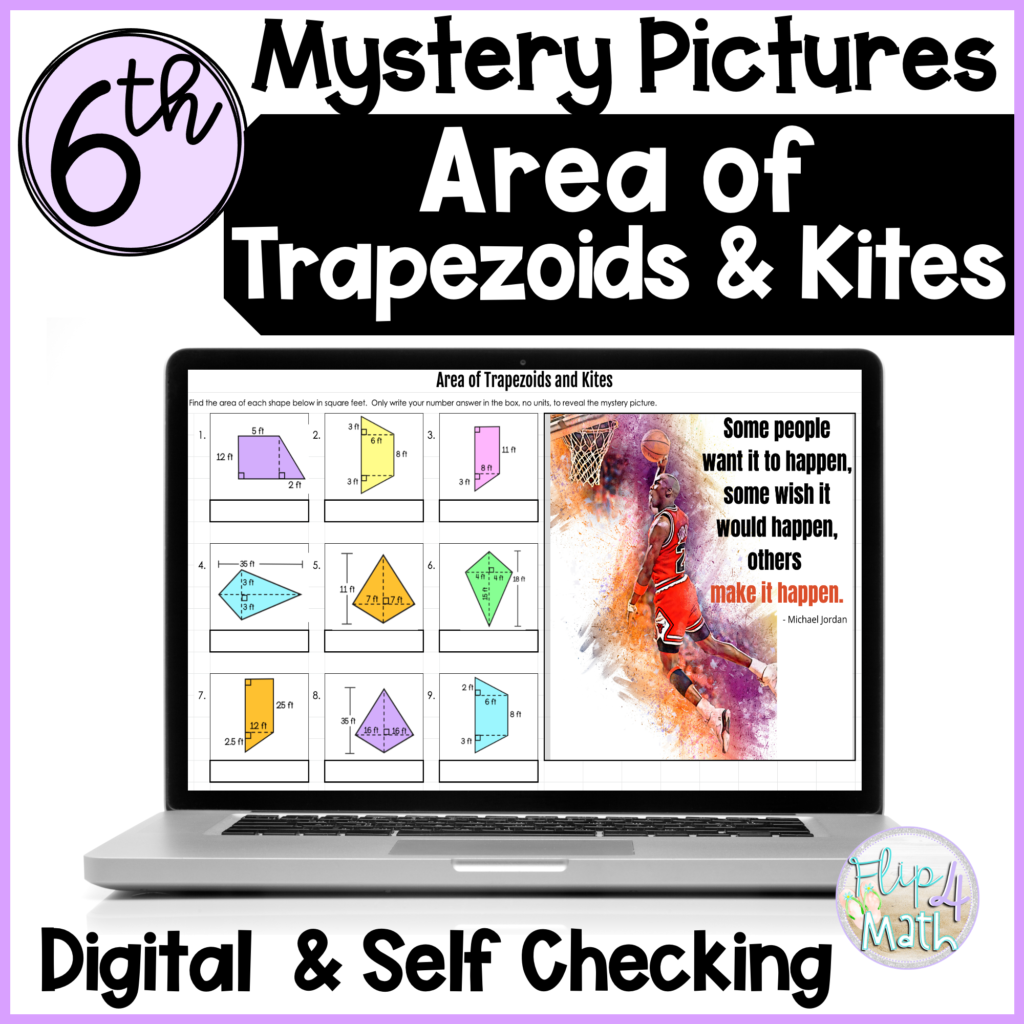
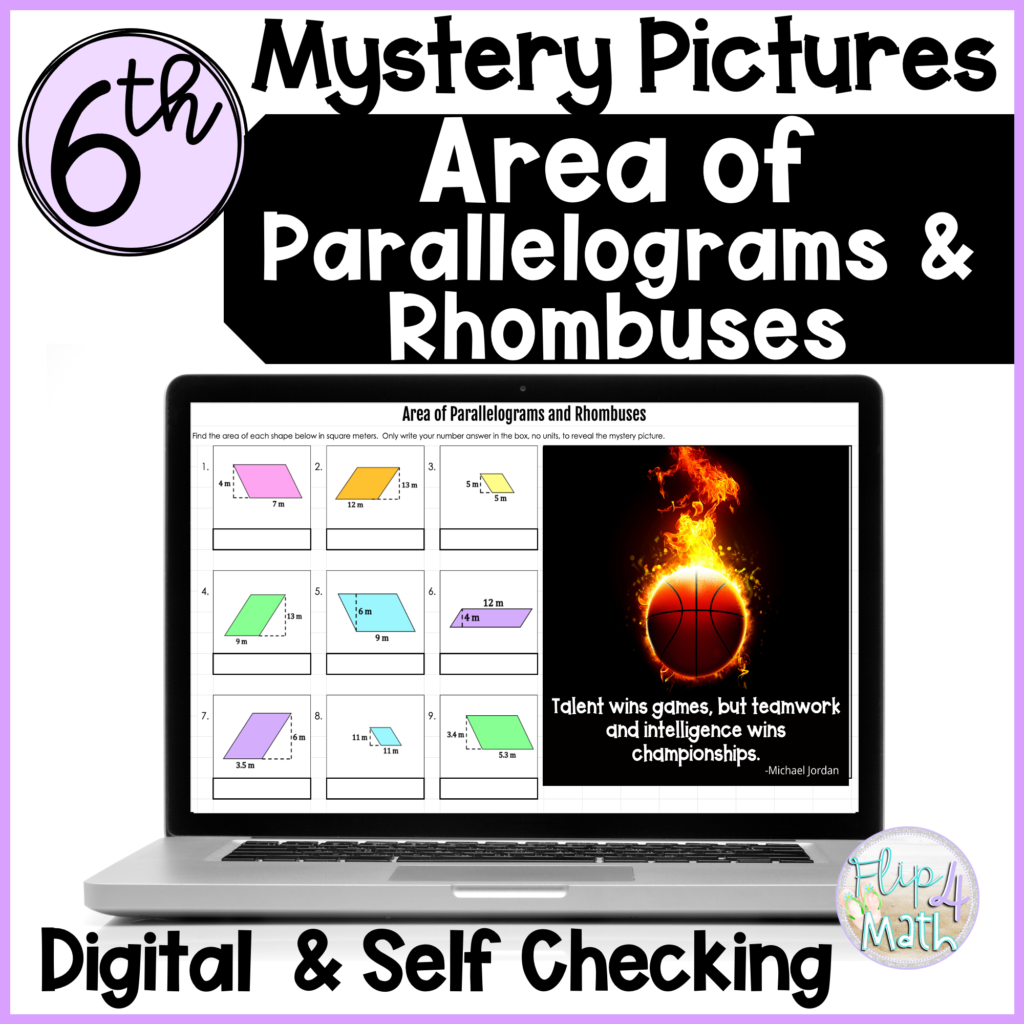
We also love Boom Card digital practice when working with area. These are fun ways to practice identifying areas of all quadrilaterals and polygons.
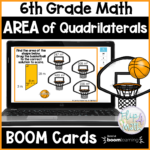
Students will complete five types of problems in this activity as they work through this deck of cards to find each solution and score a basket.
The best advice I can give about teaching geometry in sixth grade is to keep it simple. Start where students are. Give students the opportunity to learn with hands-on activities. Help them build a solid foundation of understanding. When you do this, you set them up for success in the future.
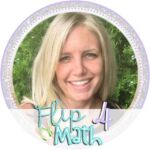






Leave a Reply
You must be logged in to post a comment.